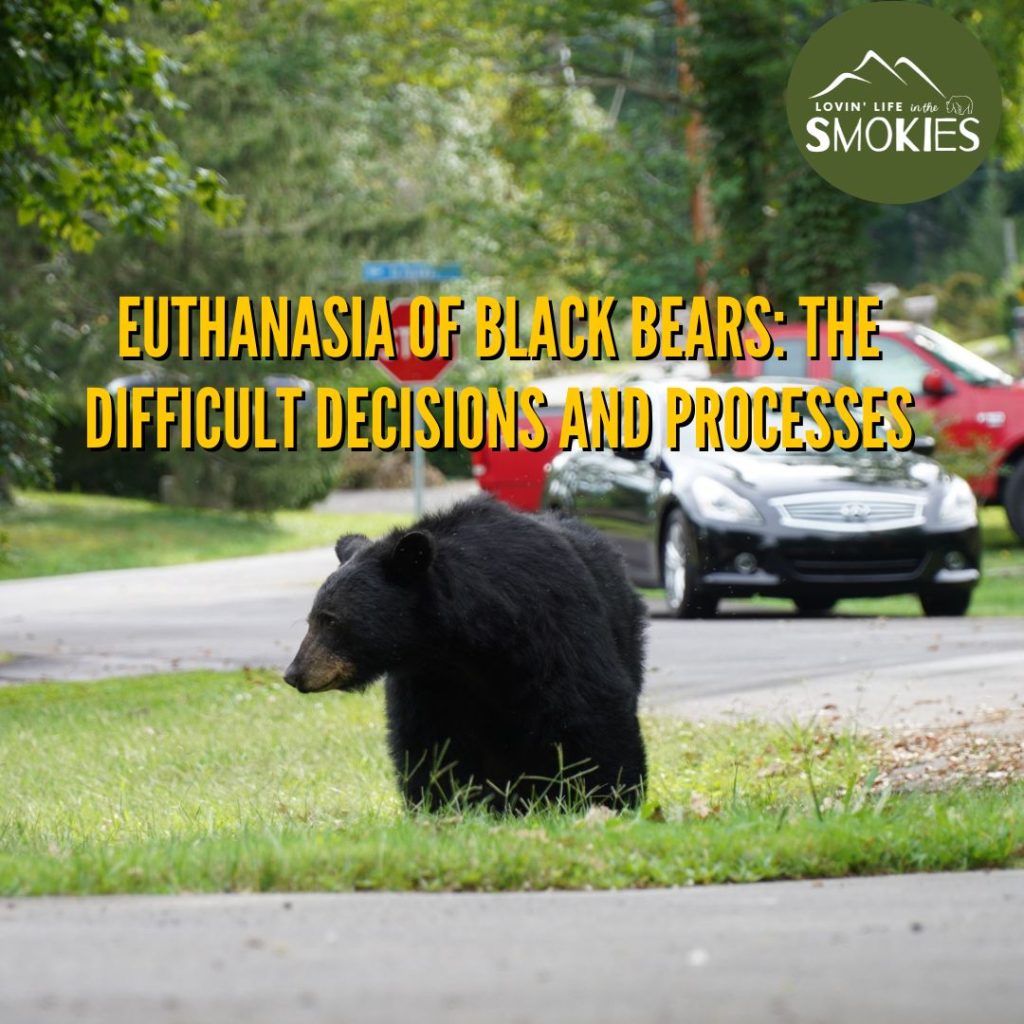Euthanizing a black bear is a decision that wildlife managers and conservationists never take lightly. It is a last resort, employed only when a bear poses a significant threat to human safety or cannot be rehabilitated to live in the wild without recurring human conflict. This article delves into the reasons behind the euthanasia of black bears, the process involved, and the broader implications for wildlife management and conservation.
Reasons for Euthanasia
Human-Bear Conflicts: The primary reason for the euthanasia of black bears is severe human-bear conflict. Bears that become overly accustomed to human presence and food often lose their natural wariness. This can lead to dangerous behavior, such as entering homes, approaching people, and acting aggressively to obtain food.
Public Safety: When a bear exhibits aggressive behavior towards humans or repeatedly enters populated areas despite relocation efforts, the risk to public safety becomes too great. In such cases, euthanasia may be deemed necessary to prevent potential injuries or fatalities.
Health and Welfare: In some instances, bears may suffer from severe injuries or illnesses that significantly impact their quality of life. If a bear cannot be rehabilitated or released back into the wild in a healthy state, euthanasia might be considered the most humane option.
The Euthanasia Process
Decision-Making: The decision to euthanize a black bear typically involves a team of wildlife professionals, including park rangers, biologists, and veterinarians. This team evaluates the bear’s behavior, health, and history of conflicts. Public input and the bear’s impact on the local community may also be considered.
Methods: The euthanasia of a black bear is conducted as humanely as possible. Typically, the bear is tranquilized to minimize stress and discomfort. Once sedated, a veterinarian administers a lethal injection, ensuring the bear’s passing is quick and painless.
Post-Euthanasia Procedures: After euthanasia, the bear’s body is often examined through a necropsy to gather data on its health, diet, and any underlying issues that might have contributed to its behavior. This information can be invaluable for understanding and preventing future conflicts.
Broader Implications
Conservation and Management: The euthanasia of a black bear underscores the challenges of wildlife management in areas where human activity and natural habitats intersect. It highlights the importance of proactive measures such as public education, proper food storage, and habitat preservation to reduce the likelihood of human-bear conflicts.
Public Perception: Euthanizing a bear can be controversial and emotionally charged, leading to public outcry and calls for alternative solutions. Wildlife agencies must navigate these complex dynamics, balancing public sentiment with the practicalities of ensuring safety and effective wildlife management.
Learning and Prevention: Each euthanasia case serves as a critical learning opportunity. Wildlife managers analyze these incidents to improve strategies for preventing bear habituation and conflicts. This includes refining policies on waste management, enhancing public education efforts, and exploring non-lethal deterrence methods.
Conclusion
Euthanizing a black bear is a heart-wrenching decision driven by the need to protect human safety and uphold the principles of humane treatment. It is a measure of last resort, reflecting the complex realities of managing wildlife in a world where human expansion increasingly encroaches on natural habitats. By understanding the reasons, processes, and implications of bear euthanasia, we can better appreciate the delicate balance that wildlife managers strive to maintain, ensuring the coexistence of humans and bears in shared environments.





